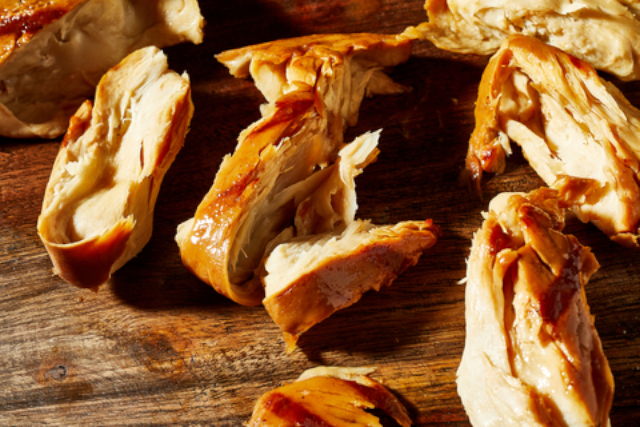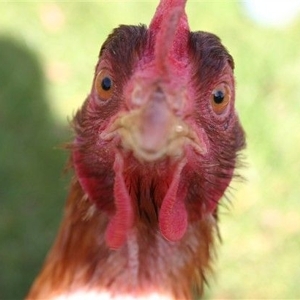Two U.S. companies have received the green light to sell lab-grown meat. It’s something their industry has been waiting for for a long time. But critics question whether the process is economically sustainable and whether the market is there…
 GOOD Food lab-grown chicken. Looks just like the real thing.
GOOD Food lab-grown chicken. Looks just like the real thing.
Upside Foods and Good Meat say they’re ready to take the first steps in selling their lab-grown meat products.
Uma Valeti, chief executive of Upside Foods, insists the sale of lab-grown meat in the US will, “fundamentally change how meat makes it to our table. […] It’s a giant step forward towards a more sustainable future – one that preserves choice and life. We are excited to launch with our signature, whole-textured Upside chicken and can’t wait for consumers to taste the future.”
What they’re selling
Unlike earlier lab-grown meat products, Upside and Good are selling advanced, naturally textured meats. The earlier lab meats were either limited to a ground meat texture or a consistency similar to the mechanically deboned meat used in products such as chicken nuggets.
Their products have been on sale in Singapore through hawker stalls, butchers and restaurants since 2020. No complaints have surfaced that we’re aware of. No health and wellness issues, either.
Upside’s chicken will be launched at Bar Crenn in San Fransisco, while Good Meat’s product will be débuted at an as-yet-undisclosed restaurant in Washington DC.
What they’re doing
Lab meat starts with cell samples gathered from real animals – cattle or chickens – in a humane, non invasive manner. (That means, usually, that they’re sourced from slaughterhouse waste.) The cells are cultured and multiplied into large cuts of meat in large vats which would remind you of a pharmaceutical company’s manufacturing facility, or a brewery.
What’s held the fledgling industry back has been the problem of producing a saleable product that has the authentic look and texture of the original meat. Both Upside and Good have apparently overcome the hurdles, developing proprietary finishing processes.
Questions persist
Some folks – supporters – say the approval of the first brands of lab meat in the U.S. is the beginning of a revolution in food: a landmark step in the quest to end animal agriculture, totally disrupt the meat industry, and redefine our diets.
I, on the other hand – though not a nay-sayer – disagree that lab meat will ‘redefine our diets’. What it’s doing is keeping us on the ‘real meat’ track. And other critics have pointed out that it takes a significant amount of resources to make lab meat. Will the price ever drop to or below the going price for real meat? Will the masses go for the new products; consider them a true plug-plug replacement?
And what about competition from plant-based meat substitutes? Plant-based products have a major head start in the market over lab meat. Brands such as Beyond Meat have already become household names.
My take
Is appears to me that lab meat will eventually settle into a niche defines it as something special – not for every-day consumption. A boutique product. The masses will be eating plant proteins on a daily bases. Beans and Rice. Quinoa. Tofu. Much like many Asian cultures do today. Instead of craving the umami experience from meat, we’ll learn to savour the complex flavours native to Asian, Indian and South-East Asian cuisines.
I don’t have any figures at hand… But I’m sure that producing plant proteins will cost only a small fraction of what it will take to produce lab meat.
In summation, I predict lab meat will at best be a bridging product between real meat and plant protein. In the long run, it will be a boutique product available in small amounts at relatively high prices.
Check back with me in 10 years and tell me if I’m right…
~ Maggie J.

